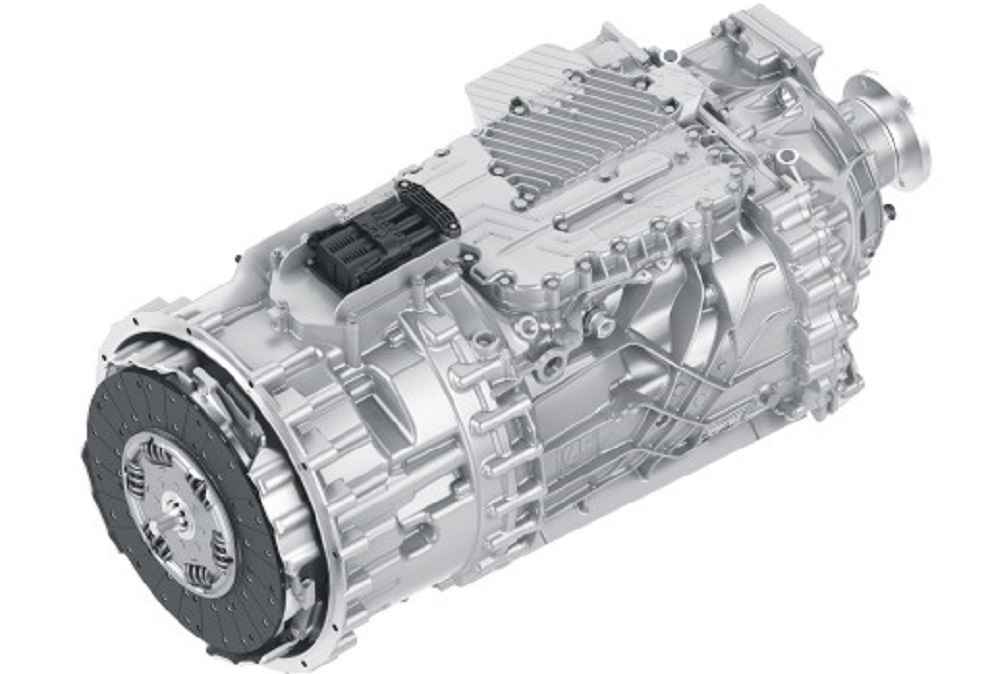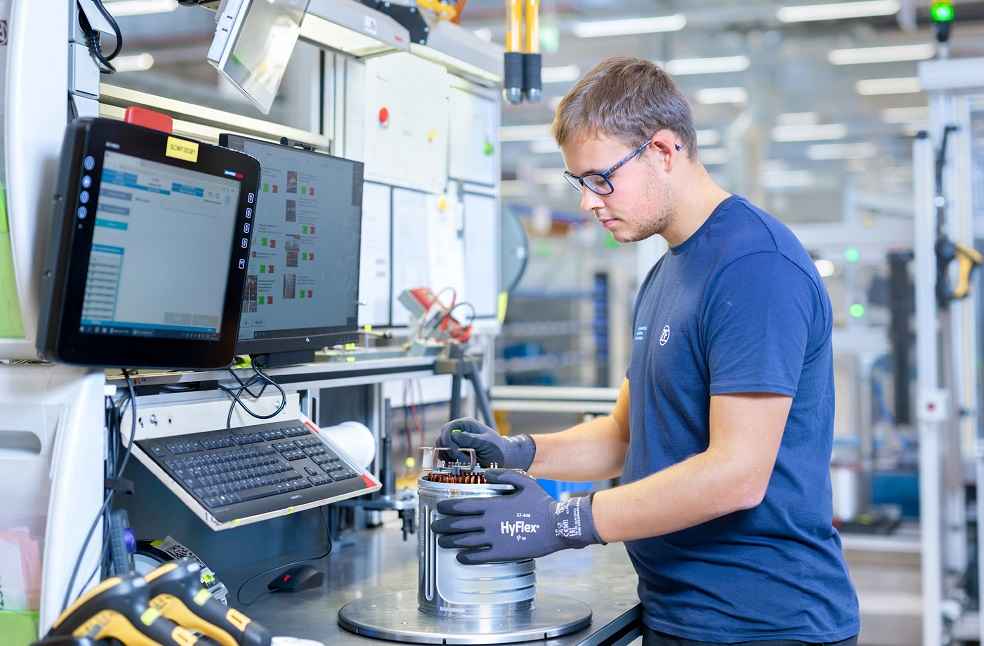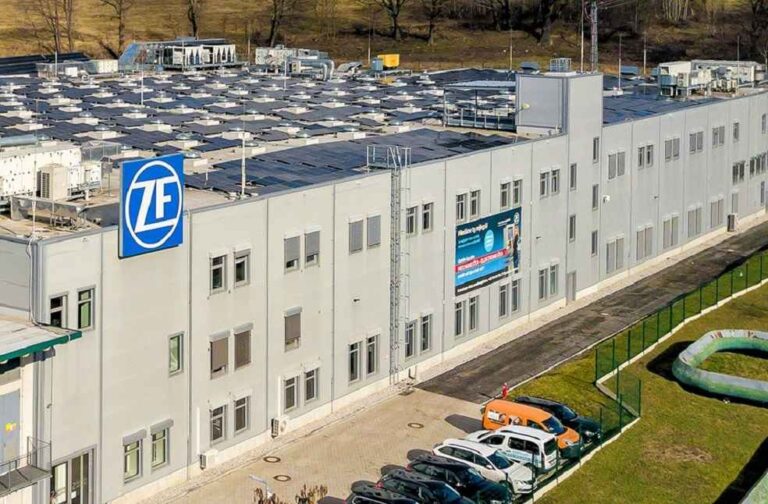German auto parts giant ZF expects to capture 33% of the global passenger vehicle chassis market by 2030, with projected sales of €4.8 billion ($5.6 billion), a senior company executive revealed during the firm’s recent Chassis Tech Day event.
As the world’s leading supplier of passenger vehicle chassis systems, ZF is accelerating growth through its Chassis 2.0 strategy, an advanced platform integrating E-mobility, software-defined vehicle architecture, and automated driving technologies. The company aims to reshape traditional mechanical systems by deploying software-connected actuators powered by artificial intelligence.
Peter Holdmann, member of ZF Group’s Board of Management and head of its Chassis Solutions Division, said the company is positioning itself as a market and technology leader across all core areas of its next-generation chassis portfolio.

A cornerstone of ZF’s strategy is its steer-by-wire system, which enhances driving precision, stability, and safety by eliminating traditional mechanical steering components. The company has secured additional contracts from Chinese automakers and will begin supplying this technology to Mercedes-Benz in Europe starting in 2026.
Another key innovation is cubiX, a software platform that synchronizes critical chassis functions like steering, braking, and suspension for a smoother and safer driving experience. Already in mass production and featured in the Lotus Eletre SUV, ZF recently introduced cubiX Tuner to further refine system integration and performance.
Philippe Gasnier, head of Development at ZF’s Chassis Solutions Division, noted that cubiX meets growing market demands, especially in Asia, for faster development cycles and reduced engineering costs.

ZF is also advancing its smart chassis sensors, now in mass production for the Cadillac Celestiq. These sensors collect and analyse real-time data to optimize vehicle dynamics.
In early 2025, the Nio ET9 became the first production vehicle in China to feature ZF’s steer-by-wire technology. It has successfully passed regulatory tests and gained homologation in both China and Europe, according to Li Yao, head of System Design at ZF Asia Pacific.
The company has heavily invested in China, establishing more than 50 manufacturing sites and five R&D centers. Over the past five years, ZF has committed €3.5 billion to the region, aiming to localize cutting-edge technologies while also exporting Chinese-led innovations to global markets.
GENERAL | Ford, Stellantis Revise Supplier Contracts Under Tariff Strain





